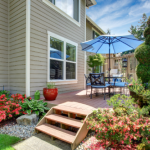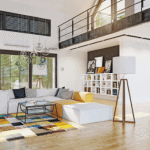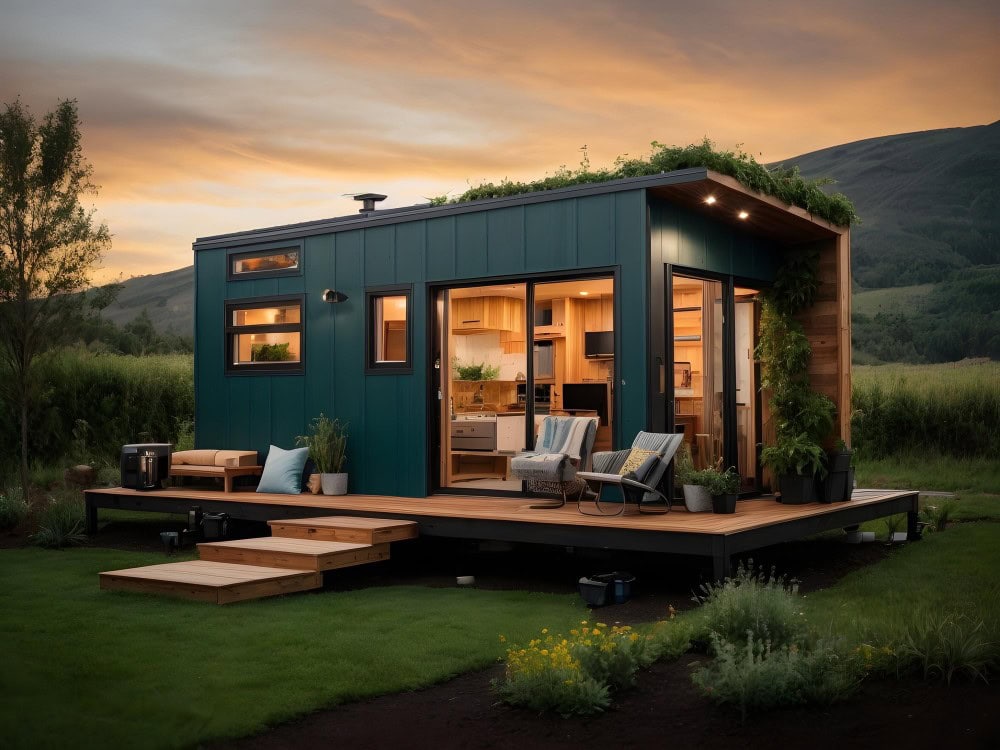
In recent years, the tiny house movement has surged in popularity, captivating those who wish to declutter their lives, reduce their environmental impact, and prioritize meaningful experiences over material possessions. Tiny house living isn’t just about living in a smaller space; it’s a deliberate choice to embrace a simpler, more intentional way of life. This blog post delves into the psychology behind this lifestyle choice, exploring both the benefits and challenges that come with downsizing to a tiny home.
The Psychology Behind Tiny House Living
Choosing to live in a tiny house often stems from a desire to lead a simpler life, unencumbered by the burden of excessive possessions and the responsibilities that come with managing a large living space. Psychologically, this aligns with a shift towards minimalism—a lifestyle that emphasizes the value of having fewer material goods in order to make room for more meaningful engagements and relationships. People are drawn to tiny houses as they offer a form of financial freedom that is hard to achieve with traditional homeownership, reducing living costs significantly and allowing residents to allocate resources to other priorities like travel, hobbies, or starting a business.
Moreover, tiny house living can be a deeply personal challenge that pushes individuals to confront their materialistic impulses, encouraging a lifestyle that is less influenced by consumerist culture and more focused on personal growth and environmental responsibility. This alignment with deeply held values of sustainability and self-sufficiency can significantly boost life satisfaction, providing a strong sense of purpose and achievement.
Benefits of Tiny House Living
Psychological and Emotional Benefits: One of the most profound benefits of tiny house living is the increase in happiness and life satisfaction many residents report. With fewer physical items to manage, people often experience less stress and more peace. There’s a psychological release that comes from shedding unnecessary belongings and the obligations that accompany a larger living space. This can lead to a clearer mind and more time and energy to invest in hobbies, relationships, and personal growth.
Social and Environmental Benefits: Tiny house living also fosters a unique sense of community. Many tiny house enthusiasts gather in communities where they share similar values and lifestyles, which can lead to strong bonds and a supportive social environment. This communal aspect can significantly mitigate feelings of isolation that might otherwise arise from living in such small quarters.
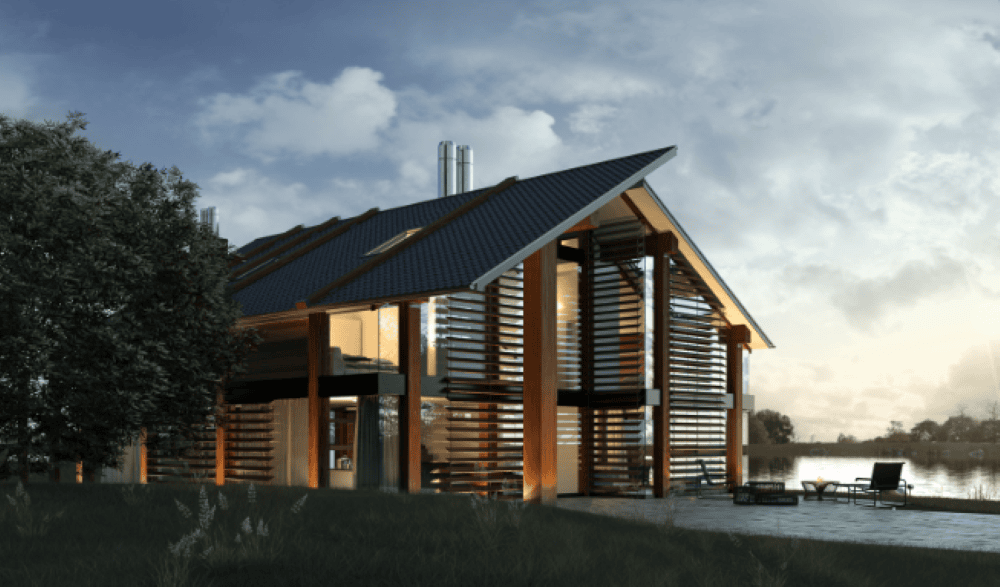
Challenges of Tiny House Living
Psychological and Practical Challenges: Adapting to a much smaller living space presents a unique set of psychological and practical challenges. The limited space can be a significant adjustment, particularly for those accustomed to larger living environments. Residents often face the difficult task of decluttering and deciding which possessions are essential, which can be emotionally taxing and overwhelming. Moreover, the constant need to organize and reorganize a small space can lead to frustration and stress, especially if the living arrangement doesn’t effectively meet personal or family needs.
Legal and Logistical Challenges: From a legal perspective, tiny house residents often face zoning laws and building codes that are not designed to accommodate tiny houses. These regulations can restrict where tiny homes can be legally placed, complicating the desire for a stable and secure living environment. Logistical issues such as the mobility of the home, access to utilities, and securing land can also pose significant hurdles that require creative solutions and sometimes substantial financial investments.
Adapting to Tiny House Living
Successfully living in a tiny home requires not just physical adjustment but also a psychological shift. Residents can employ several strategies to maximize their space and maintain mental well-being:
- Effective Use of Space: Utilizing multi-functional furniture and innovative storage solutions can help maximize the usability of a small area. For instance, beds with storage compartments underneath, foldable desks, and vertical shelving can enhance living efficiency.
- Mental Preparation: Mentally preparing for the shift to a smaller space is crucial. This might involve spending time in similar-sized spaces before making the transition, or practicing downsizing by gradually reducing possessions before moving.
- Community Engagement: Building a support network with other tiny house residents can provide emotional support and practical advice. Online forums, local meetups, and social media groups dedicated to tiny house living can be invaluable resources.
- Regular Reevaluation: Living in a tiny house should be a continually evolving process that includes regular reevaluation of the space and one’s lifestyle needs. This adaptive approach allows residents to stay content and effective in their compact environment.
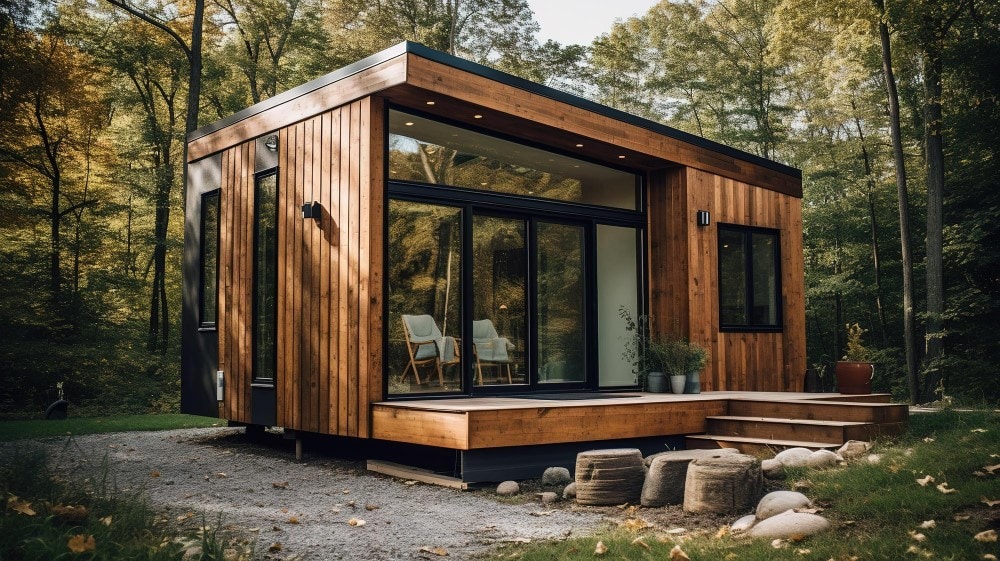
Conclusion
Tiny house living offers a unique blend of challenges and rewards, deeply intertwined with the psychological impacts of minimalist and intentional living. While it presents a viable path towards financial freedom, reduced environmental impact, and enhanced personal satisfaction, it also requires careful consideration and adaptation to the inherent limitations of the lifestyle. For those considering this lifestyle, it’s essential to weigh these factors thoroughly and engage with the tiny house community to build a supportive network. Whether you seek a simpler life or aspire to live more sustainably, tiny house living demands not just a physical downsize but a significant psychological commitment.


